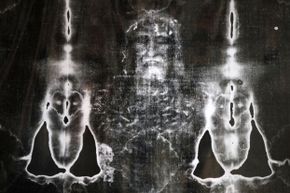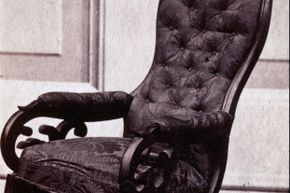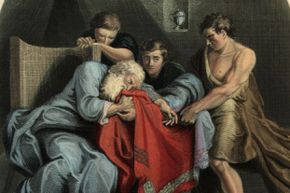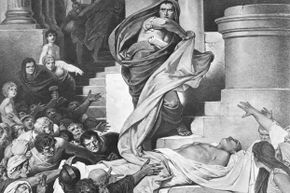Key Takeaways
- Some stains—like the Shroud of Turin’s mysterious image to the bloodied artifacts of tragic events—leave a mark on society.
- The Shroud of Turin continues to puzzle both the religious and scientific communities. Other stains, like the infamous blue dress from the Clinton-Lewinsky scandal, have become symbols of political controversy and personal downfall.
- These stains—whether on fabric, in vehicles or part of historical artifacts—transcend their physical presence, representing pivotal moments in history, human error, or the macabre fascination with crime and scandal.
Everyone has a stain story. One time your cousin stumbled down the stairs carrying a bottle of ketchup. The resulting mess resembled a gory crime scene ... and required the expertise of professional carpet cleaners. You even had to repaint part of the ceiling to obscure the tasty reddish disaster.
But those kinds of stain stories generally stay within the family circle. No one else really cares to hear about your crazy, tipsy relatives getting careless with condiments.
Advertisement
In the course of human history, though, there have been some truly epic stains. Stains that no laundry detergent can rinse from our collective story. Stains that perhaps change the course of millions of lives.
For better or worse, those kinds of stains are the toughest to get out. Not only do they permanently damage clothing and other materials -- their most lasting impression, really, is on our psyches.
Keep reading and you'll learn all about 10 of the most infamous stains ever to leave their mark on human possessions -- and our minds, too.












